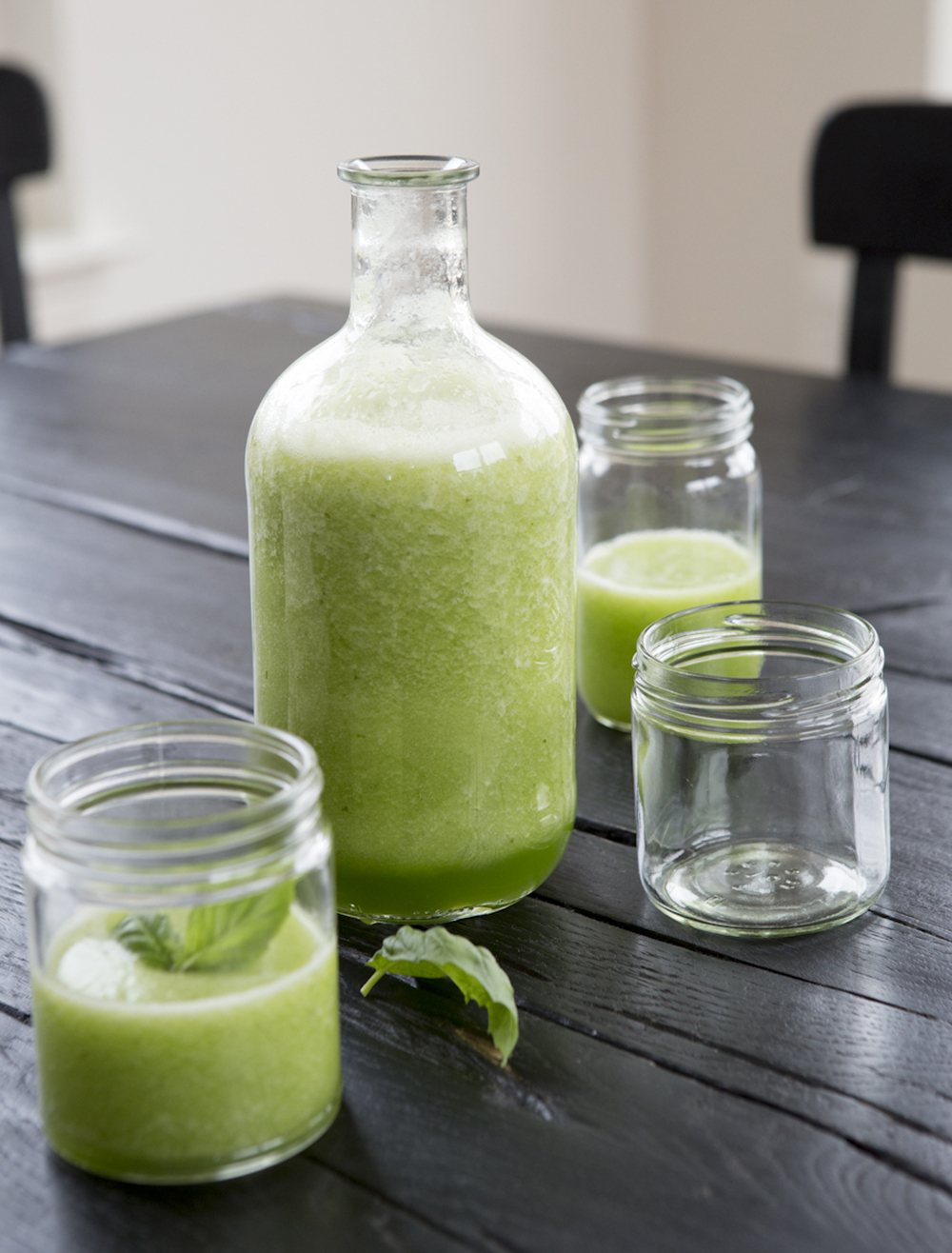Last summer I did a candida cleanse. For many of my 20s, I suffered from GI issues and discomfort–sometimes to the point of an ER visit. I tried so many different diets, supplements, and routines from vegan to FODMAPS to Whole30. In hindsight, I felt significantly better when I was eating less sugar, carbohydrates, and alcohol (all direct contributors to candida). My symptoms escalated significantly a couple of years ago. I was experiencing horrible symptoms, sometimes to the point of immobility. The worst involved extreme bloating in the evenings (which seemed to spearhead just about everything else) and eczema flares all over my neck and arms. I finally sought out a functional medicine practitioner and after taking the OATS test, I was diagnosed with dysbiosis, an imbalance in the microflora (or an overgrowth of yeast) in the gut.
It wasn’t until last summer that I sought treatment after heavily researching dysbiosis and candida. I committed to a 10-week program broken up into two phases: a six-week yeast-free protocol and a restoration of a healthy gut for yeast prevention. The discipline required to eliminate my candida overgrowth was extensive. I had to follow a strict supplement routine and a super restrictive diet.
But my hard work paid off. By the end of summer, my symptoms had dissipated. I felt incredible.
I sat down with a doctor, physician, and multidimensional healer rooted in integrative medicine, Dr. Tiffany Lester, to discuss the ins and outs of candida overgrowth. If you’re curious about this invasive condition or suffering yourself, this article is for you.

What Is Candida?
Candida is an overgrowth of yeast in the gut. Otherwise known as Candida Albicans, it is an opportunistic fungus. It is a form of yeast in the body that already exists and occurs naturally. However, in surplus, it can induce overgrowth.
What Causes Candida Overgrowth?
Candida overgrowth is caused by an imbalance of good and bad bacteria. The imbalance in the gut produces yeast that naturally exists in our microbiome to proliferate out of control.
The “typical” American diet (we’re talking exorbitant intake of grains, sugar, and refined carbohydrates) can cause irregularities in blood sugar that feed yeast overgrowth. Stress, oral contraceptives, and excessive alcohol use can all weaken the immune system and kill healthy probiotics.

What Are the Symptoms of Candida?
According to Dr. Lester, symptoms can be vague and nonspecific which is partly why it can be difficult to diagnose the condition. Some symptoms include:
- Skin irritation (acne, rashes, dry skin, etc.)
- Brain fog
- White coating on the tongue
- Hormone imbalance
- Gas and bloating
- Sweet cravings
- Autoimmune disease
What Destroys Candida Overgrowth?
Candida is a normal inhabitant of the GI system and not necessarily pathogenic. The goal is for it to live in a happy symbiotic state with the other beneficial microbes in our colon. Sometimes this means treating specifically for candida overgrowth and/or increasing bacterial strains like Lactobacillus and Bifidobacterium so that yeast doesn’t grow out of control.

How Do You Treat Candida?
My treatment involved a strict yeast cleanse diet in conjunction with alkaloid and antifungal supplementation. One of the most difficult elements of my cleanse was the low carbohydrate intake (60 grams a day). I also eliminated anything fermented or with bacteria such as kimchi, sauerkraut, alcohol, and yogurt as well as baker’s yeast foods. Incorporating therapeutic foods such as bone broth, green tea, cacao, turmeric, and coconut oil was incredibly helpful.
Dr. Lester concludes that a combination of diet, stress reduction and antifungal botanicals like caprylic acid can all contribute to the treatment of candida overgrowth. She adds that antifungal medications can be necessary when the condition is severe.
Loved this post? Pin this graphic to come back to it later.





